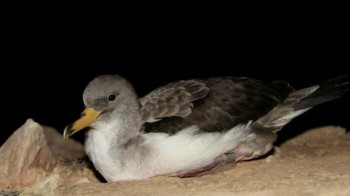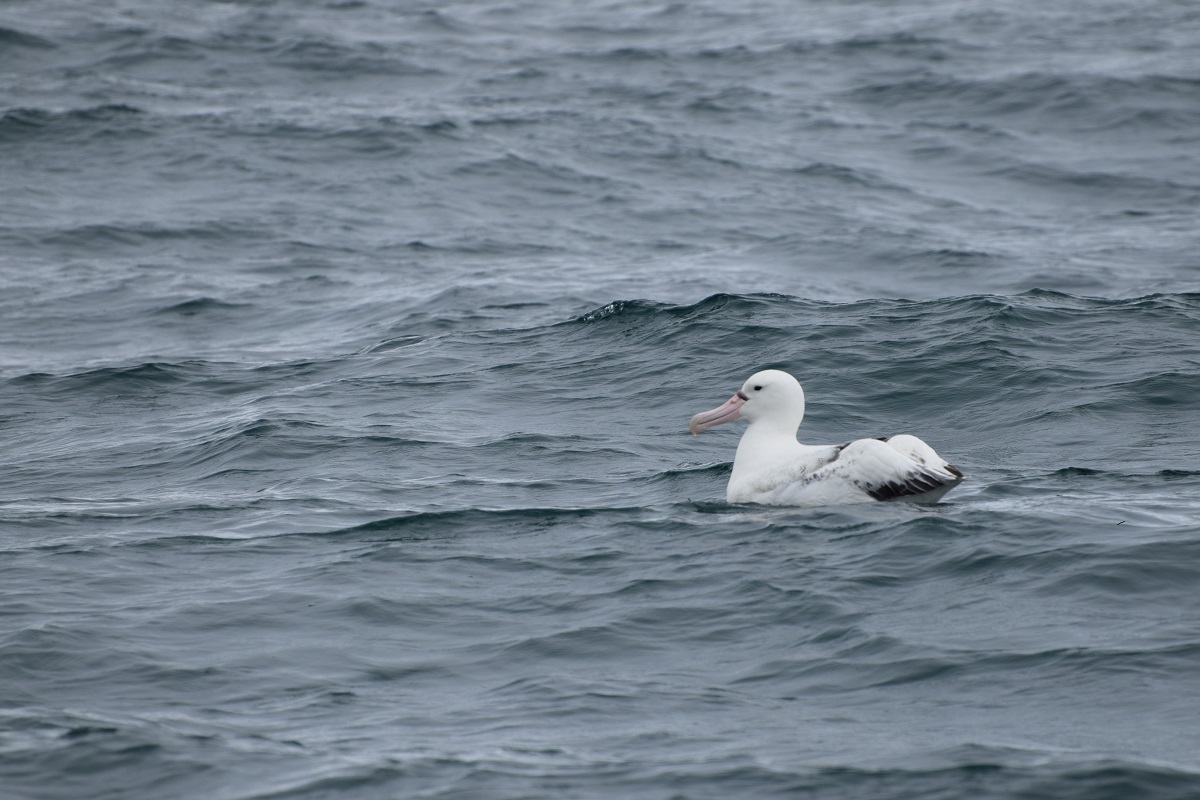Registration and abstract submission are now open for the 14th International Seabird Group Conference to be held in Liverpool, UK, 3-6 September 2018; until 16 March for oral and poster abstracts. Early-bird registration is available until 13 April.
“The conference promises to be an exciting showcase of the latest seabird research, located within the heart of the city of Liverpool, famous for its maritime history and cultural diversity”.

Arctic Fulmar at sea
Keynote speakers include Kyle Elliott (“Keeping alight the ocean’s brightest fires of life”; McGill University, Canada), Ana Sanz-Aguillar (“Seabird survival: critical moments and mortality drivers”; Mediterranean Institute for Advanced Studies, Spain), and Thierry Boulinier (“Host-pathogen interactions in space and time: seabirds as key models to address basic and applied issues”; Le centre national de la recherche scientifique, France), whose talks about seabird ecology, physiology and conservation will complement two and a half days of oral and poster presentations. Click here to read their abstracts.
The conference is being organized by the University of Liverpool. It will be held on the university campus within the city.
John Cooper, ACAP Information Officer, 26 January 2018

 English
English  Français
Français  Español
Español 




